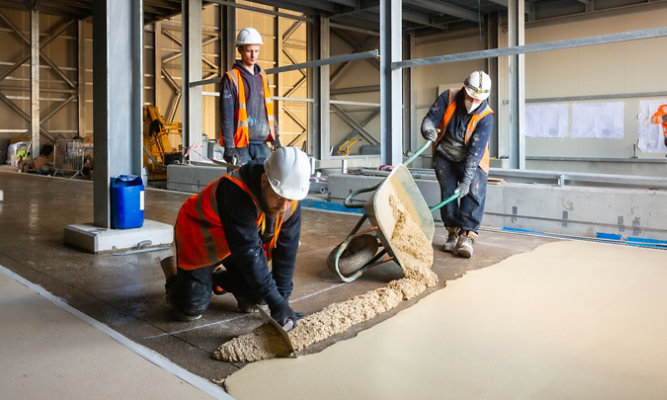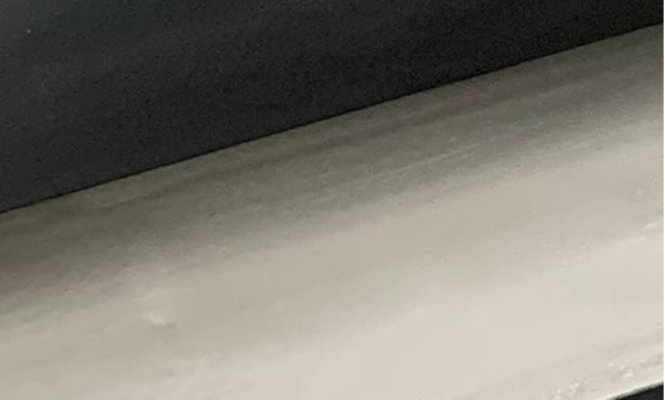Environmental Product Declarations for Flooring products
An independent Environmental Product Declaration (EPD) provides a recognised method to objectively compare products in the same functional category by their impact on the environment.

An Environmental Product Declaration communicates the environment impact of a product over its life cycle. It reports the effects into a variety of impact categories which can include Global Warming Potential (GWP), Acidification Potential, Smog Formation Potential. and more.
Before an EPD can be progressed, an initial associated Product Category Rule (PCR) must be established. This defines how environmental product criteria are measured for products in a specific category. These rules guide the preparation of ISO-compliant life cycle assessments (LCAs). Hundreds of existing PCRs exist for many different product types, ranging from fridges to concrete, and Sherwin-Williams high-performance flooring falls in the Architectural Coatings category. It is stated there that the LCA study conforming to this PCR should, at a minimum, identify the potential environmental impacts of each life cycle phase of the product or enable product improvement over the full life cycle of the product and be presented in such a way as to be relevant to the public. or for internal company use.
This full quantification process begins at the raw material production or extraction phase, then covers the manufacturing process, packaging, distribution, retail, use, and disposal phases; however, this is only the initial step in establishing the full analysis. The input and output data, termed as life cycle inventory, is used to create mathematical models for the analysis of the impact of the product. These impacts are then quantified in the LCA and interpreted on a three-tier scale, namely, local, regional and global. These impacts could include climate change (carbon footprint), ecological footprint, water footprint, human toxicity, energy footprint and landfill use.
LCA assessments can be stated in a number of ways, presented as variants of LCA. The most common variants of assessment are:
- Cradle to grave is a full life cycle assessment that includes all life cycle stages.
- Cradle to gate, is an LCA that deals only with the raw material extraction, production, manufacturing, packaging, and transportation processes. It assesses only the activities within the factor and does not include the distribution, consumer use and disposal phases.
- Cradle to cradle, typically a cradle-to-grave assessment, where the end-of-life stage of a product is a recycling process, thereby the product will not be discarded after the end of life.
Products from Sherwin-Williams High Performance Flooring use full cradle to grave assessments for their EPD based on the PCR for paints.
One of the key product indicator points for resin flooring systems is good adhesion to concrete substrates when installed correctly. The essence of a guarantee for resin flooring is the actual bonding of the system to the substrate. This statement of confidence is based on the resin flooring becoming part of the building in the same way that the concrete substrate is part of a building. It should never need to be removed and taken to a landfill site as waste. If for some reason, the use of a building changes and a resin floor needs to be overlaid with a different type of flooring, then this can be done by preparing the resin floor and then applying a new resin floor in a different colour and texture, or a different material such as vinyl, ceramic tile or carpet. A resin floor should not need to be dug up and removed in the way that a failed vinyl or tile system would have to be removed and taken to a landfill.
Discover More
Industry Expertise and Innovation
See how we help customers find customised solutions for their project and application challenges.
Product Lookup
Find out more about our innovative coatings for a variety of industries.
FIND A SYSTEM



